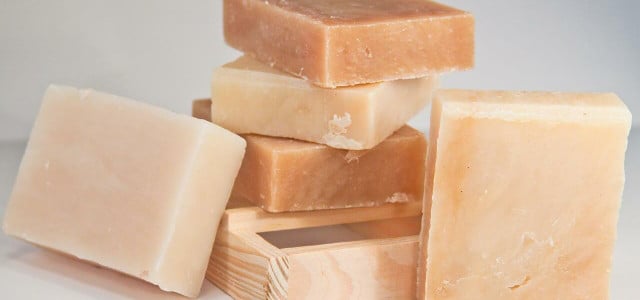If it seems like glycerin is in every other product at the supermarket, that’s because it is. This popular ingredient has a wide variety of uses. Check out the top glycerin benefits for skin here.
Also known as glycerol, glycerin is a naturally occurring organic alcohol found in plants and animals. It can also be synthetically produced. Glycerin is a clear, thick liquid. It’s a popular moisturizer and smoothing ingredient used in beauty products. Glycerin is typically found in food as well. Though odorless, it has a mildly sweet flavor. It is non-toxic, hypoallergenic and highly versatile. Here are some of the benefits of glycerin for skin.
Glycerin for Skin Hydration
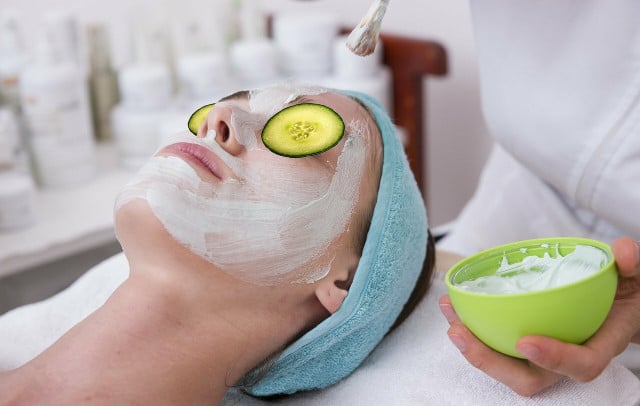
(Foto: CC0 / Pixabay / Tumisu)
Experts have found glycerin to be one of the most effective humectants available for our skin. This means glycerin can pull hydration from the air and body, and deeply hydrate the outer skin layer. Glycerin is therefore beneficial not only for everyday dry skin, but also for individuals struggling with rosacea, psoriasis, eczema and ichthyosis. For this reason, it is a popular ingredient in facial and hand creams, as well as body lotions and bar soaps. Many makeup products include glycerin as well, to prevent the skin from drying out. The ingredient helps people stay hydrated and comfortable, leaving the skin with a natural glow.
Use Glycerin to Maintain a Healthy Skin Barrier
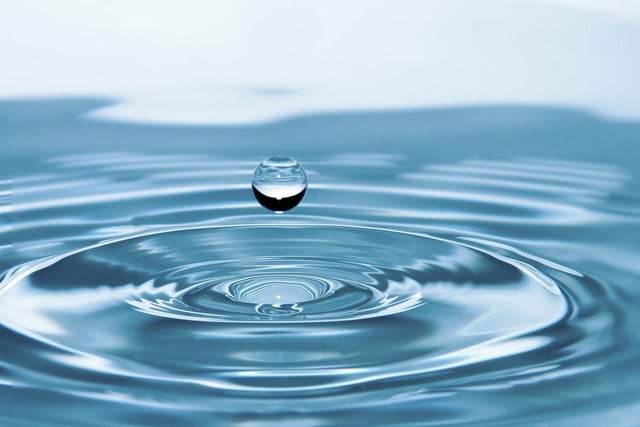


(Foto: CC0 / Pixabay / ronymichaud)
As moisturizer can be essential in maintaining the health of the skin barrier, glycerin’s humectant properties also make it effective in protecting the skin against irritants, microbes and negative stimuli. This even helps benefit dermatologic disorders like acne, dermatitis, psoriasis and more.
Wound and Scar Healing
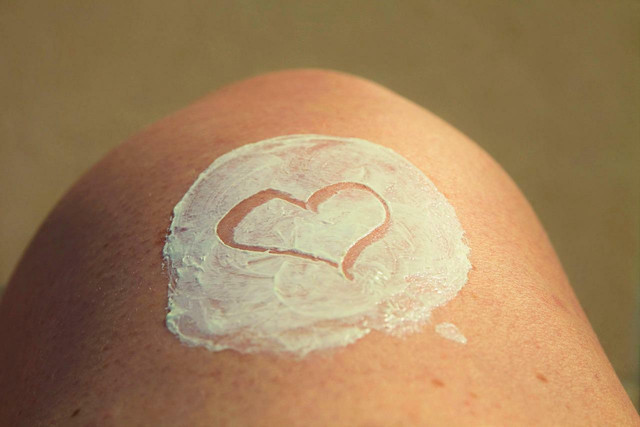


(Foto: CC0 / Pixabay / chezbeate)
Using glycerin sheets on the skin has been shown to help heal active wounds more rapidly and to help old scars heal. Glycerin gel specifically is typically used on ulcers, chronic wounds, diabetic wounds, dermatology wounds, tumors, and even first- and second-degree burns. In terms of reducing the appearance of scars, glycerin actually acts as a skin substitute until the scar is minimized.
Other Uses of Glycerin
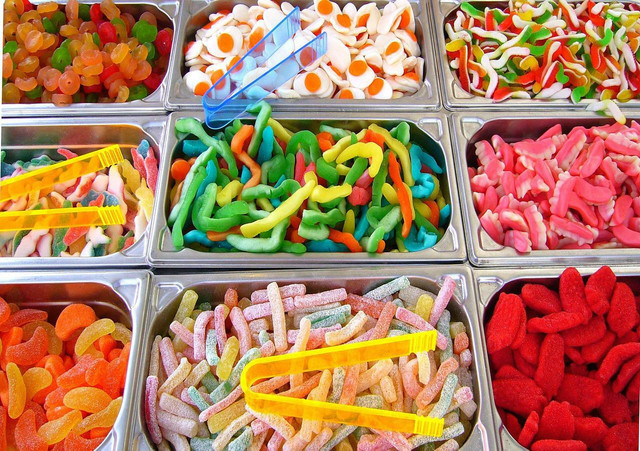


(Foto: CC0 / Pixabay / Shirley810)
Glycerin is a multifaceted ingredient used in a variety of industries. While it’s popular in skin and hair products for its humectant properties, it’s also used in food, medication, candles, makeup and more. Here are some more common uses.
- Sweetener: glycerin is a common sweetener found in processed foods.
- Thickener: glycerin has a syrup-like consistency, making it an effective thickener in foods and other products such as cough syrup and lotions.
- Preservative: its preservative effect is another reason glycerin is commonly found in edible goods. For example, glycerin is typically added to toothpaste to prevent it from drying out.
- Laxative: glycerin has been found to be effective in reducing constipation, which is why it is commonly found in over-the-counter laxatives.
- Oral Hydration: research has shown glycerin drinks to help retain oral hydration during athletic performance.
Risks and Side Effects of Using Glycerin for Skin
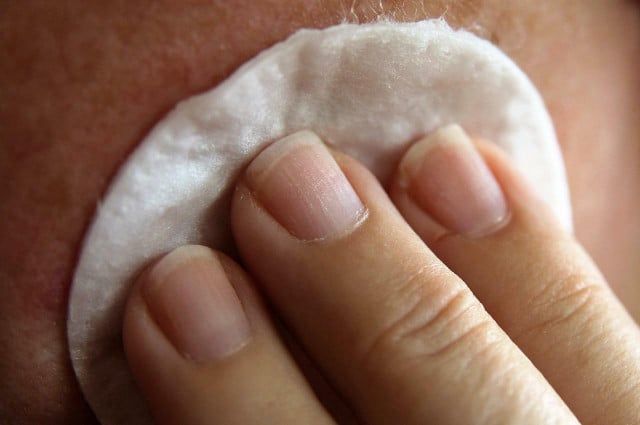


(Foto: CC0 / Pixabay / chezbeate)
As with most products, it is possible to overdo it with glycerin. While it’s mostly considered a safe ingredient, glycerin can cause irritation to the skin. In low humidity conditions, it’s best to use glycerin in lower amounts, for example. Otherwise, glycerin can actually dehydrate the skin, and cause irritation.
When first starting out using glycerin, it’s best to dilute it with water, or purchase a product which has a low percentage of glycerin. To be extra safe, we recommend doing a patch test on your skin to see how your body reacts to any new product.
Vegetable Glycerin DIY: Instructions



(Foto: CC0 / Pixabay / michaellinarcher)
If you’d like to use glycerin for your skin, you can even make your own DIY vegetable glycerin. Use it in your homemade soap or other cosmetic products, for example. You don’t need to be a chemist, but there are some risks. Here’s what you need:
- 200 g of coconut oil
- 240 ml olive oil
- 30 g lye (pure sodium hydroxide, available online or in some hardware stores)
- 240 ml water
- 150 g salt
To protect yourself from the lye as well as the high temperature, you’ll also need:
- safety goggles
- rubber gloves
- face mask
- long sleeves and pants
Here’s how to make your own veggie glycerin to use on your skin:
- Stir coconut and olive oil in a pan and heat. When hot, they will combine.
- Mix the lye and the water in a heat-safe container. Important: Add the lye into the water, not the other water around. Be sure to ventilate during and after this step.
- Carefully stir the lye mixture into the oils and mix thoroughly. Caution: Don’t let the mixture of lye and water come into contact with your skin.
- Use a clip-on candy thermometer for this next step: Heat the mixture until it reaches exactly 125°F (52°C), while stirring regularly.
- Once the right temperature is reached, turn down the heat until the temperature falls to 100°F (38°C).
- Now continuously stir the mixture for 10 to 15 minutes, until it thickens. When you move your spoon through the mixture, the bottom of the pan should be visible for a few seconds before the glycerin covers it again. Do not cook for too long, as it will continue thickening otherwise.
- Remove the pan from the heat. Add the salt while the mixture is still hot. Let cool for around 30 minutes.
- When it has cooled, soap will have separated from the glycerin and solidified as a layer on top. The glycerin is beneath, still in a gel-like consistency.
- Skim off the soap and use it to make one of our homemade soap recipes.
- Store the glycerin in the fridge in a tightly sealable glass bottle, where it should keep for up to a month. If it appears cloudy instead of clear, it has gone bad.
Read more:
- Dry Skin Remedies: 9 Ways to Soothe Dry Skin Naturally
- Avocado Oil Benefits & Drawbacks for Skin & How to Use
- Nutrition Secrets: Foods That Are Good for Skin, Hair, and Nails
Do you like this post?







